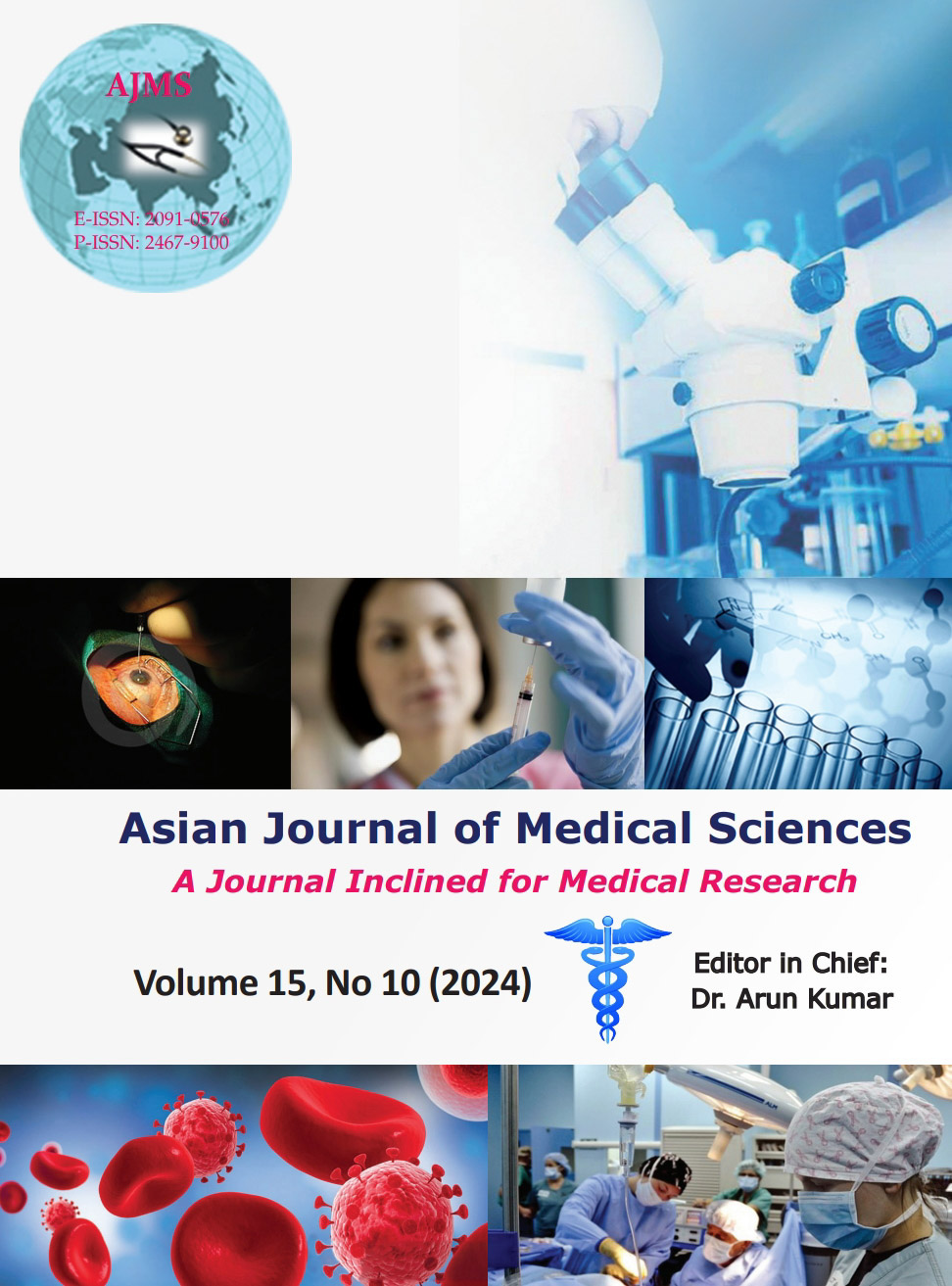To validate and correlate radiologic grading of central and foraminal stenosis post-surgical decompression on degenerative lumbar canal stenosis
Keywords:
Lumbar canal stenosis; Oswestry disability index; Visual Analog Scale; CT myelography; Magnetic resonance imagingAbstract
Background: Lumbar canal stenosis (LCS) is characterized as a narrowing of the canal diameter with age, which can lead to degenerative bone and soft-tissue changes.
Aims and Objectives: The aim of the study is to validate the radiologic grading of central and foraminal through correlation with outcome after surgical decompression in degenerative LCS.
Materials and Methods: A total of 23 patients with degenerative LCS who satisfied inclusion criteria and consented to participate in the study were selected and their Oswestry Disability Index (ODI) and Visual Analog Scale (VAS) for back and leg pain were recorded and their magnetic resonance imaging (MRI) was graded.
Results: LCS is the reduction in the dimension of the central or lateral lumbar canal that occurs most frequently as a result of chronic degenerative changes at the lumbar motion segments. In our study, ODI has comparable improvement in all groups and it does not correlate with the severity of stenosis. However, VAS for leg pain has a greater prevalence in the shorter durations group (<60 months) which had an average of 8.0. If VAS for leg pain was more preoperatively, a better outcome was seen postoperatively.
Conclusion: Decompression surgery for degenerative LCS shows significant improvement in ODI and VAS for back pain and leg pain irrespective of the severity of the stenosis by MRI grading or the severity of symptoms as assessed by VAS or ODI.
Downloads
Downloads
Published
How to Cite
Issue
Section
License
Copyright (c) 2024 Asian Journal of Medical Sciences

This work is licensed under a Creative Commons Attribution-NonCommercial 4.0 International License.
Authors who publish with this journal agree to the following terms:
- The journal holds copyright and publishes the work under a Creative Commons CC-BY-NC license that permits use, distribution and reprduction in any medium, provided the original work is properly cited and is not used for commercial purposes. The journal should be recognised as the original publisher of this work.
- Authors are able to enter into separate, additional contractual arrangements for the non-exclusive distribution of the journal's published version of the work (e.g., post it to an institutional repository or publish it in a book), with an acknowledgement of its initial publication in this journal.
- Authors are permitted and encouraged to post their work online (e.g., in institutional repositories or on their website) prior to and during the submission process, as it can lead to productive exchanges, as well as earlier and greater citation of published work (See The Effect of Open Access).




